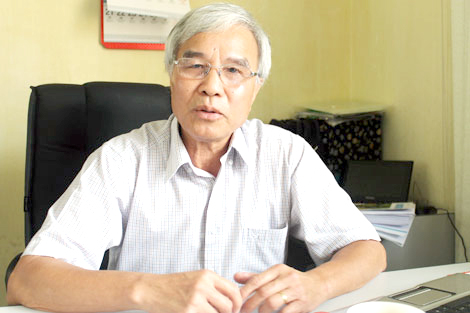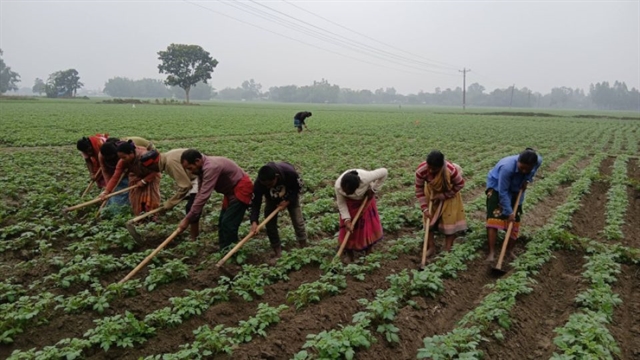 Opinion
Opinion

Professor Dr Trần Chủng, head of the national construction quality assurance and quality control authority under the Ministry of Construction, talks to VnEconomy.vn on what Việt Nam should do attract more investment for public and private projects

|
| Professor Trần Chủng. —Photo nhadautu.vn |
Professor Dr Trần Chủng, head of the national construction quality assurance and quality control authority under the Ministry of Construction, talks to VnEconomy.vn on what Việt Nam should do attract more investment for public and private projects
What are the main causes making many investors shun build, operate and transfer (BOT) projects?
BOT is a rather common model in many public transport projects in Việt Nam, particularly major highway or airport projects.
Thanks to some recently operational big BOT projects, like Đèo Cả, Cù Mông or Hải Vân pedestrian tunnels, trans-Việt Nam transportation has been much improved. They have saved a lot of time, money and even made things safer for the road users.
However, more recently, quite a few public-private partnership (PPP) projects have temporarily stopped construction activities due to cumbersome administrative procedures. In my opinion, the Government should give these projects some help to settle the challenges the investors have been facing. Though Việt Nam’s economy operates along the lines of a market economy, quite a number of State management agencies still run their operations like in the previous market-oriented economy – the mechanism of “ask and give”.
Another challenge that should be resolved is the practice of equal partnership relations between the State and the investor. It's good news that recently the National Assembly and the Government have promised to pour the State budget into BOT projects. We hope with this commitment from the Government, many BOT projects will soon be completed and put into use.
According to the Ministry of Transport, in the last five years, no road construction project has been invested with the BOT model.
In Việt Nam most investors in BOT projects have used money that they borrow from banks. Don’t you think that in reality, the Government should borrow the money and then give it to the investors to carry out the projects?
This formula is rather common in all countries the world over. Of course, it still depends on the size of the investment capital coming from the State budget and the private investors have to invest at least 20 per cent of the project’s total investment value while the remaining investment they could mobilise from society or the banks. And of course, the investors have to bear full responsibility to pay back the debts, including interest.
In Việt Nam, besides commercial banks, investors could borrow the money from foreign development funds from the US, Australia or Singapore and others.
The Law on Public-Private Partnership which was recently ratified by the National Assembly will be a driving force for many Vietnamese investors to launch more infrastructure projects in the country.
Could you talk a bit further about the risk-sharing mechanism in the Law on Public-Private Partnership?
The Article 82 of the law states very clearly about the mechanism for risk-sharing. This risk-sharing mechanism will be applied as from January 1, 2021, when the Law on Public-Private Partnership comes into force.
However, the mechanism will not be applied to any project which was approved before January 1.
What should the project owner do to attract investment from the private sector?
The Law on Public-Private Partnership will be a good instrument to attract investment from the private sector. Of course, transparency and accountability must be held high through the course of project implementation.
All Vietnamese and foreign investors have expressed their wish to have easy access to capital investment from commercial banks, capital investment fund and others in both Việt Nam and foreign countries.
They have confidence that social resources inside Việt Nam are quite abundant, but how to tap them is still a big question and they hope the Vietnamese authorities will help them have easy access to these resources. — VNS
.




